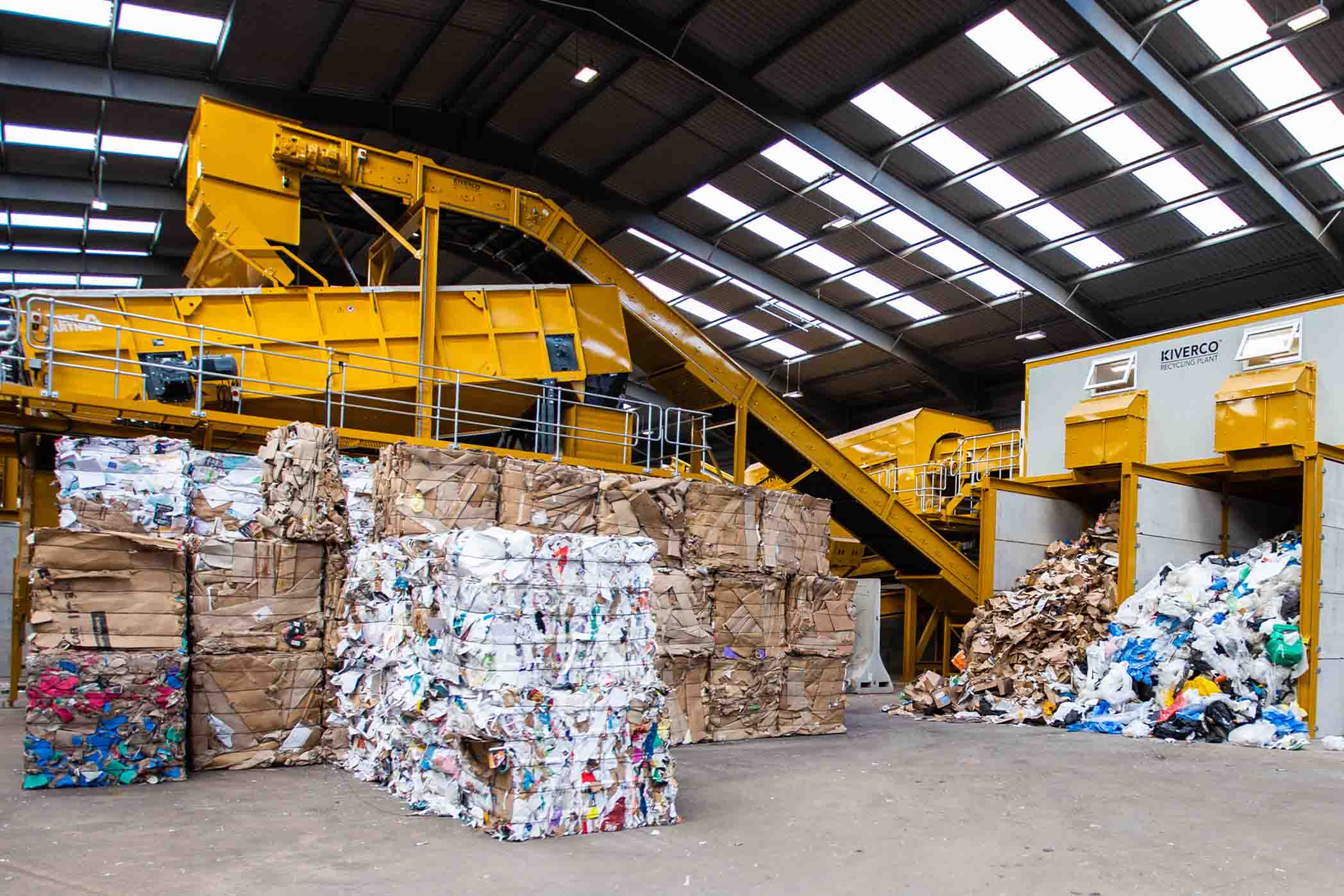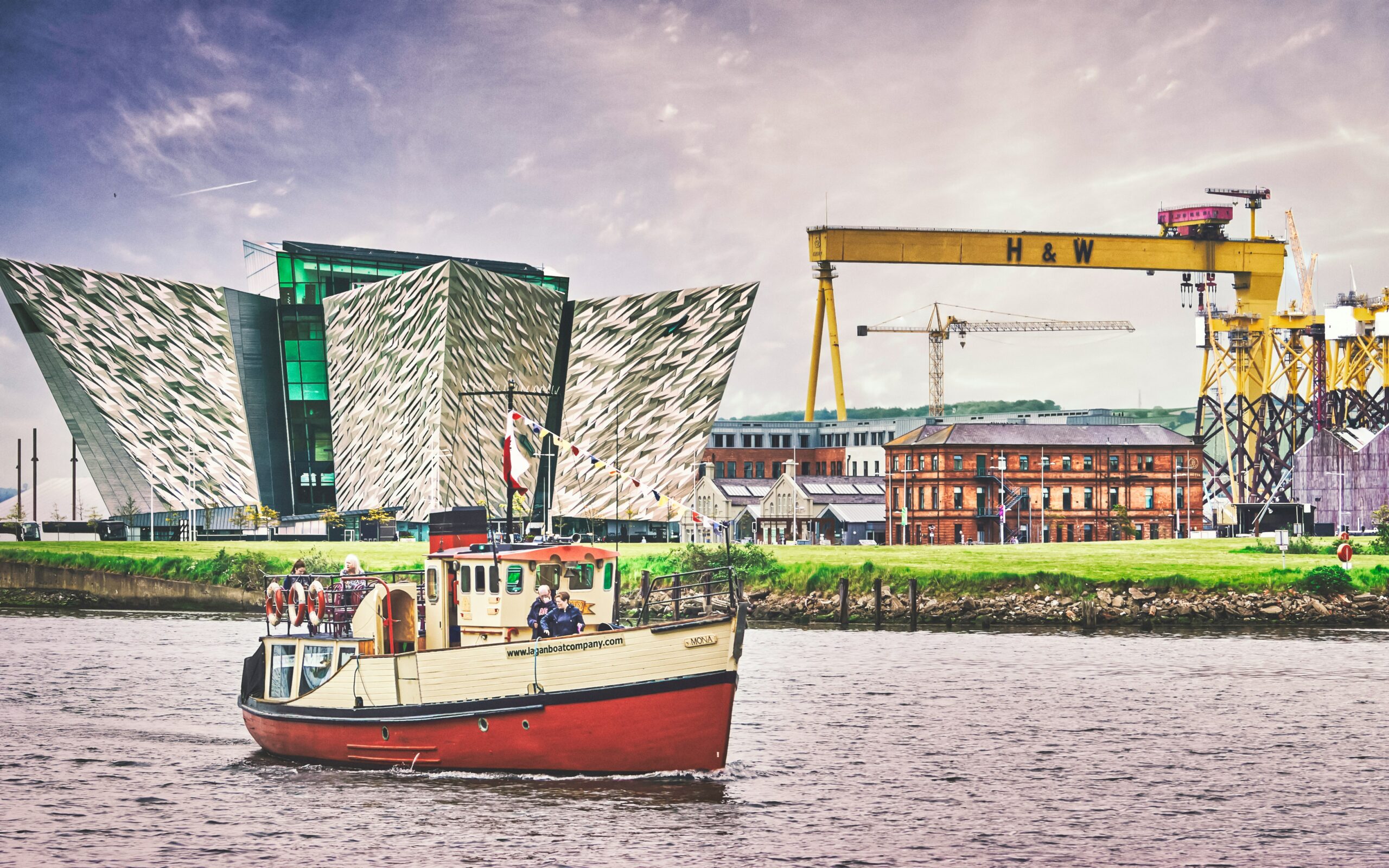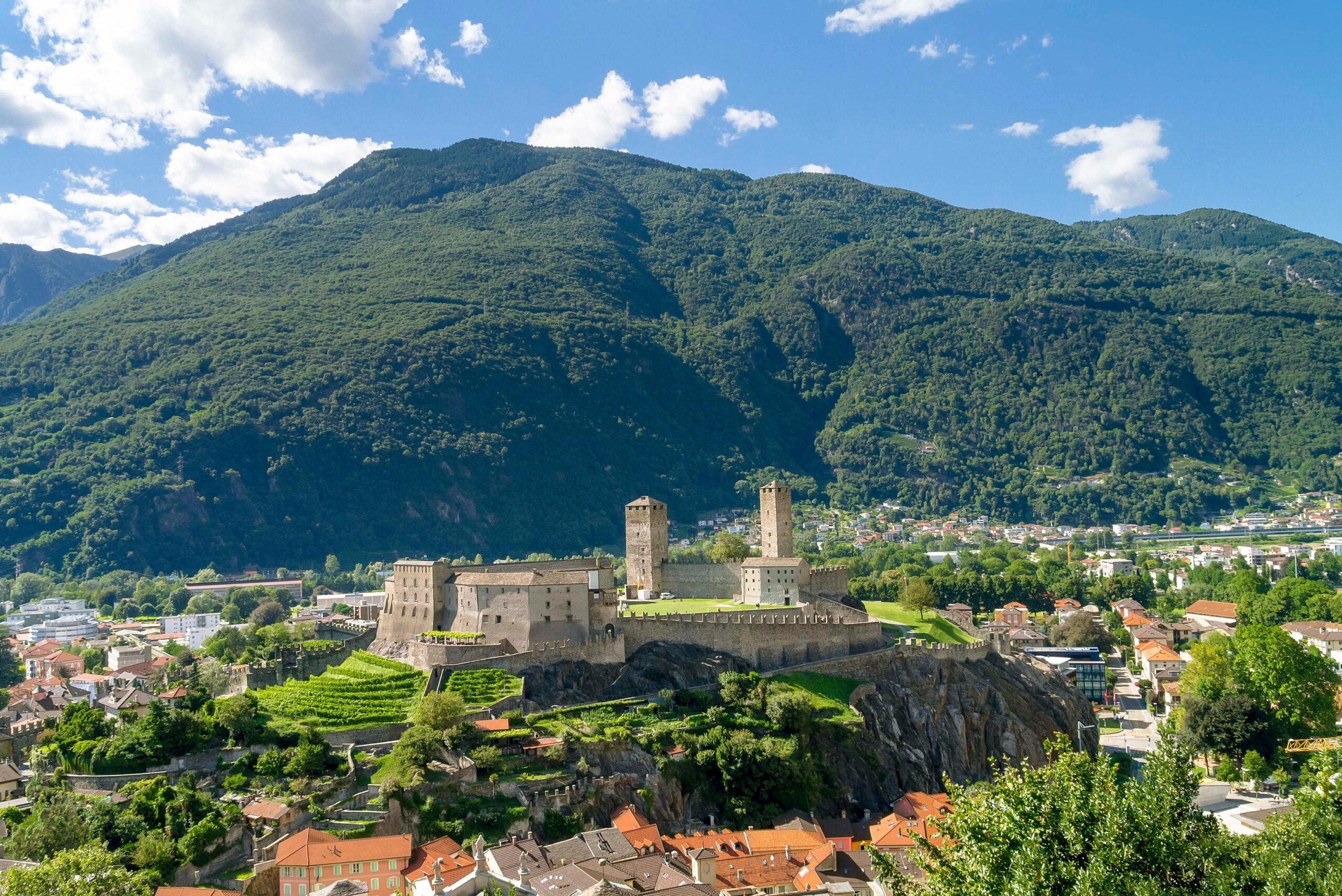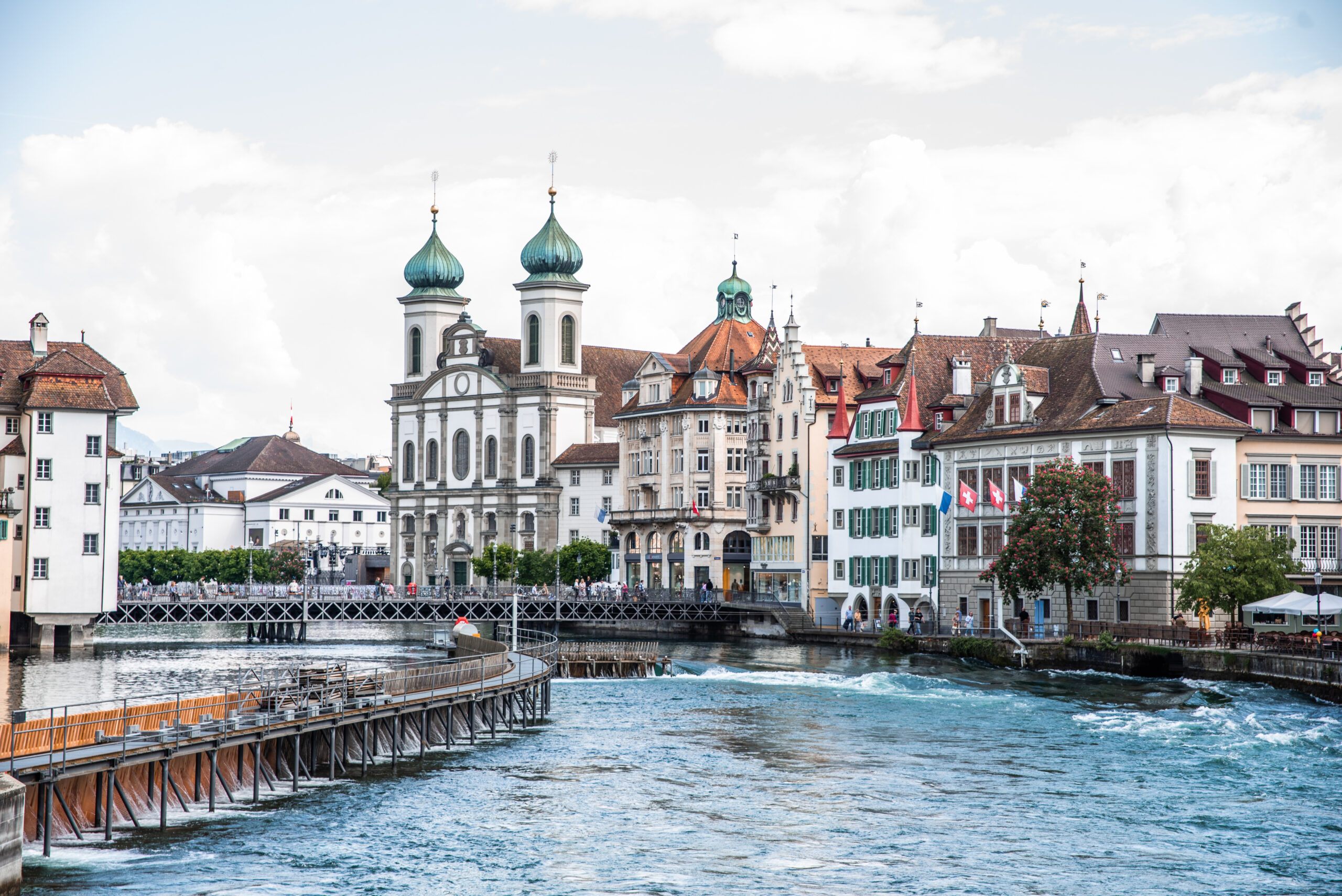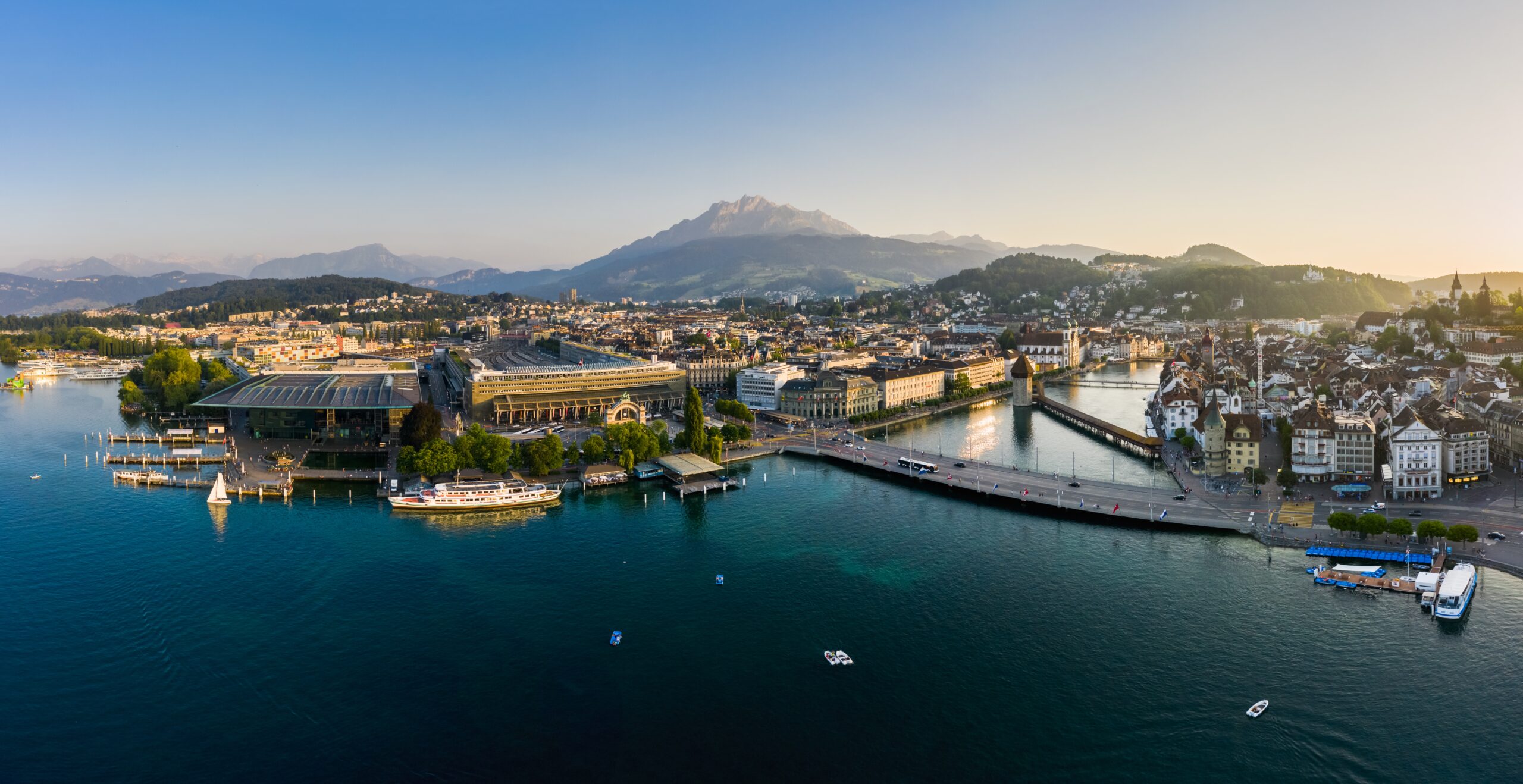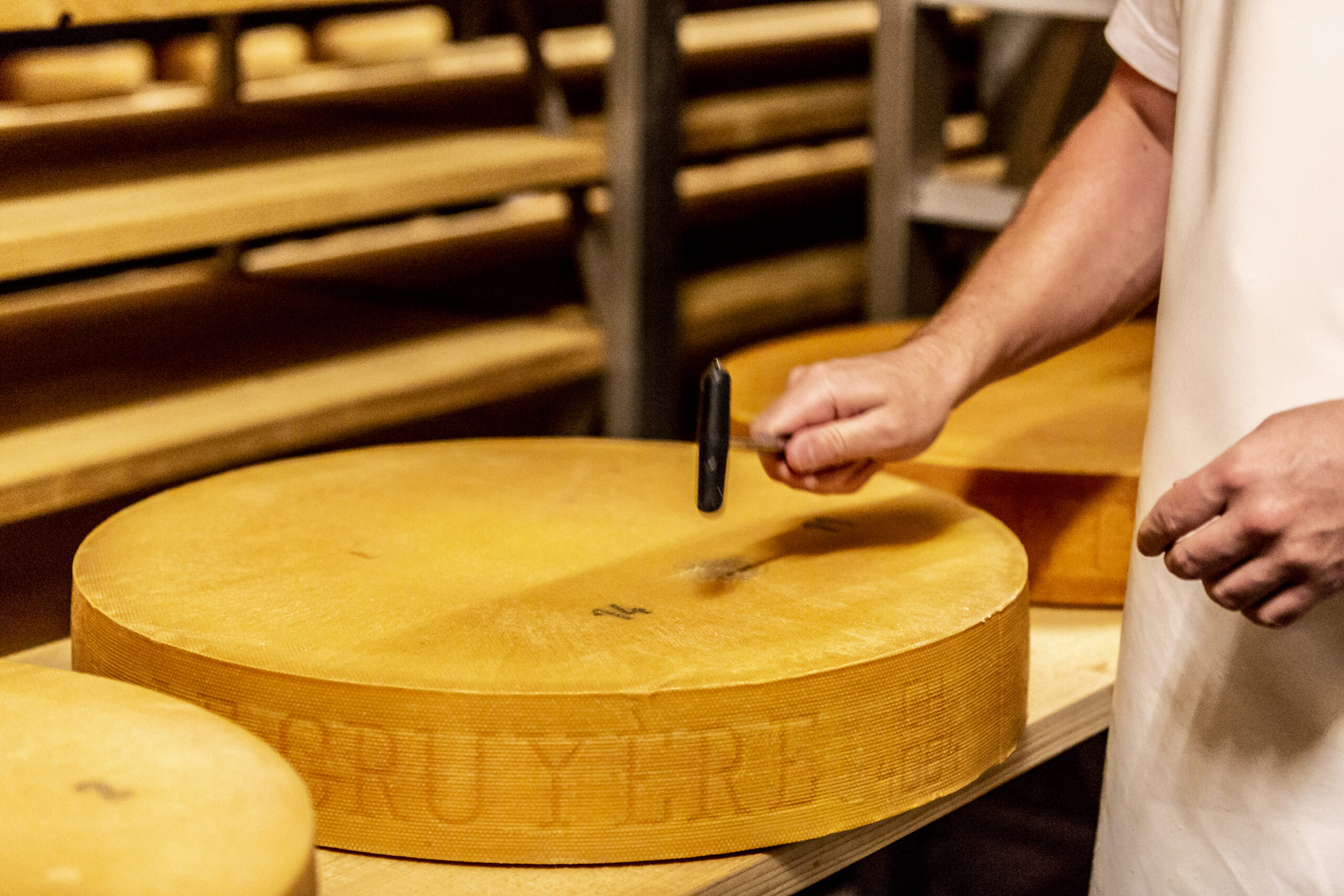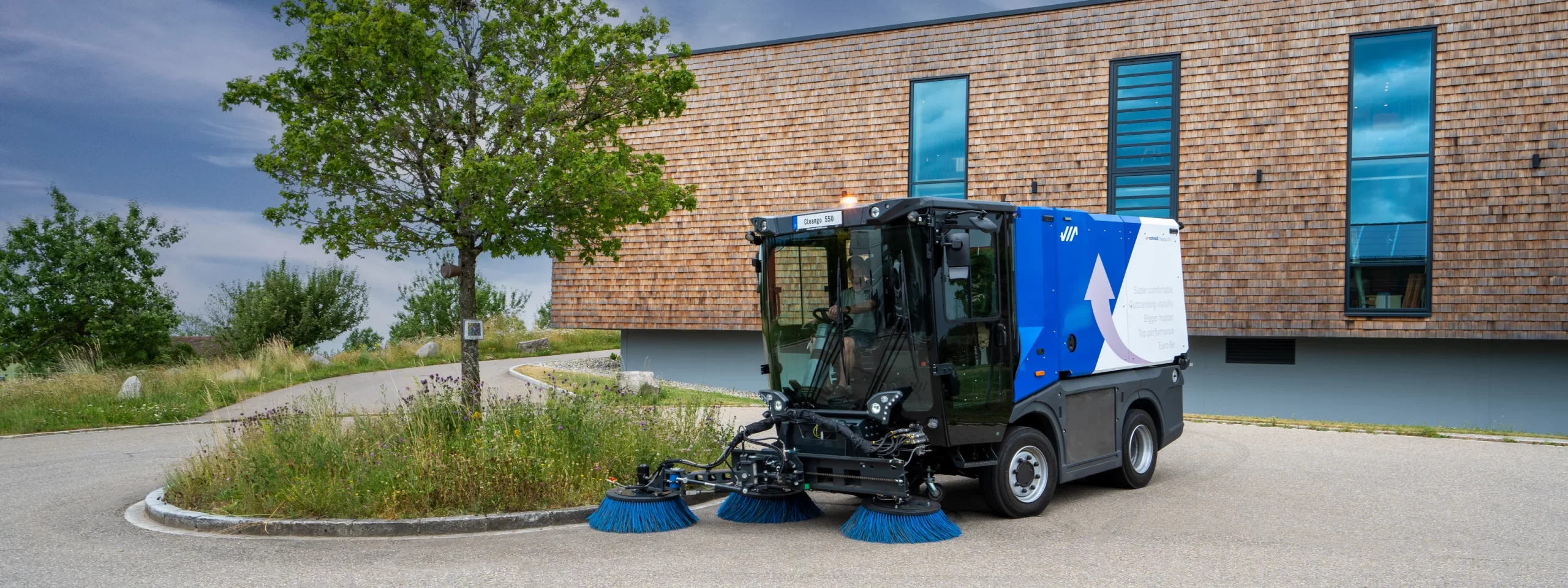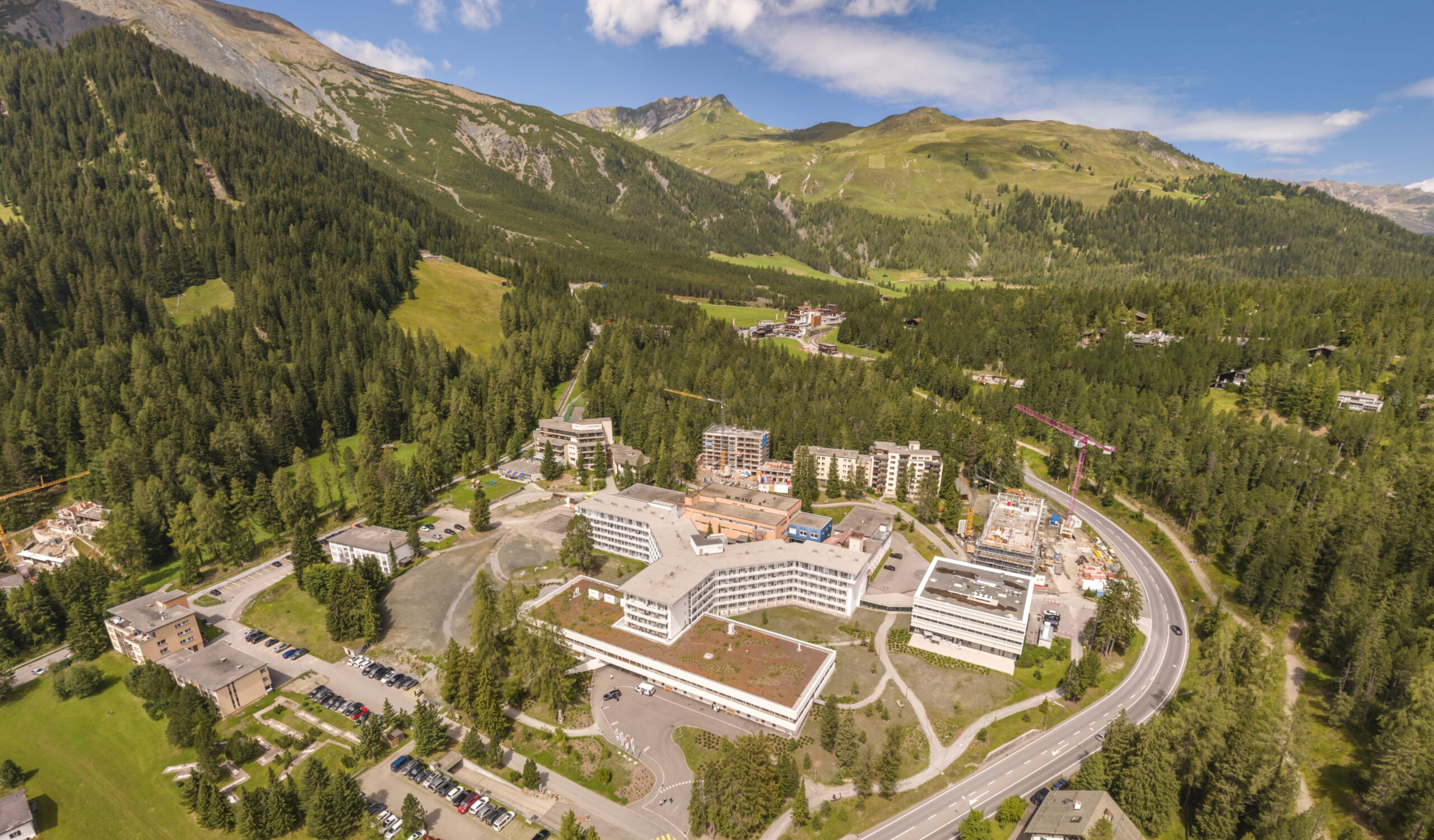Three million tourists visited Serbia in 2017 with MICE offering the largest opportunities.
Lacking a coastal line, Serbia has focused its touristic sector in the development of spas and ski resorts. They have been neglected for the past years, but thanks to recent private sector investors keen on developing their potential the sector is experiencing a revival.
The Republic of Serbia is characterized by its multicultural history between east and the west, modern and rural environments, the boundaries of Orthodoxy and Catholicism. Serbia’s north is marked by the natural field of the Pannonian plain, wetlands, and rivers, forests and lakes. The South by its wild forests, high mountain ridges, lakes, caves and fast cold rivers. The contrast could see its future in the development of enormous tourist potential. Over 1 000 sources of thermo-mineral waters represent an immense spa potential, under-promoted and exploited. Steep mountains, almost entirely unurbanized, are hidden from the eyes of the world. These include waterfalls and rivers, natural phenomena, endemic species and many more, waiting to be adequately presented and popularized. Until then, Serbia is best known for its capital city and nightlife, while its magical territory is waiting for its moment to glitter and fascinate tourists from both the country and abroad.
Belgrade and other cities in Serbia: Belgrade is one of the oldest cities in Europe, whose past can be traced back to the Old Age. Founded by Celts. Raised at the confluence of two famous European rivers, the Sava and the Danube, has always represented a crossroads of European roads and a borderline between the East and the West. When it comes to prices, tourists in Belgrade will travel significantly cheaper than in other European capitals, although Belgrade is the most expensive city in Serbia. In addition to Belgrade, cities with more developed tourism in Serbia are Kragujevac, Nis, Subotica, and among them is Novi Sad, the administrative and cultural center of Vojvodina. Novi Sad was the capital of the Serb culture in Austro-Hungarian and the center of the Serbian national movement. Today, it is a living museum of its past and a modern city of authentic spirit, the best known for the international music festival Exit.
Development of tourism: According to the Sacen International, the International Tourist Union, in 2017, Serbia had the highest growth in tourism among the region of Southeastern Europe and the Mediterranean, with a foreign exchange inflow of EUR 1 200 million. Thanks to various positive development trends, tourism has been ranked among the most dynamic and propulsive sections of the economy, with multiple effects. Between 1990-2000 international tourist traffic increased by over 50%, while total revenues increased by almost 80%. This tourism gives a strong generator function in a wide range of activities, which is frequently involved in the economic development priorities of many receptive countries and their parts.
In Serbia, there were three million tourists in 2017, which is 12% more compared than 2016, according to the data of the Republic Institute for Statistics. According to the Tourist Organization of Serbia, of this number, there were 1.59 million (+ 8%) or 51% of the total number of guests, and foreign 1.49 million (+ 17%), or 49% of the total number of guests.
Number of guests in Serbia: Ranked by the number of overnight stays, domestic guests spent the most time in spas (38%), followed by mountain resorts (34%), while foreign guests mostly stayed in Belgrade (53%). Among domestic tourists, Vrnjacka Banja is the most popular (603 279 nights, which is 5% more than in 2016), followed by Zlatibor, Kopaonik, Belgrade, Sokobanja, while beside the capital, the most attractive are Novi Sad, Zlatibor, Kopaonik and Vrnjačka Banja.
From foreign countries, the highest number of overnight stays in 2017 was recorded by tourists from Bosnia and Herzegovina (234 758 overnight visits, which is 5% more compared to 2016), followed by tourists from Montenegro, Turkey, Croatia, Russia.
Belgrade is noted as a developing MICE goal, accomplishing a critical advance in the number of worldwide occasions. The number of global gatherings and members multiplied in the previous six years – in 2015. 52 foreign groups were composed of 11 000 members.
Belgrade hotel industry has identified MICE as a key component of future growth and will overwhelmingly rely upon the cognitive development of the Serbian economy, and also on the limit of the City of Belgrade to draw in organizations and ventures.
Agriculture and tourist activity: In the past the development of mountain villages, agriculture was dominant, and often the only function of the economy. Many other activities of the resident population, based on diverse and valuable natural and local anthropogenic resources, remained mostly on the margins of developmental events. Among them tourism which is an essential factor for the more prosperous development of these villages in Serbia.
Rural tourism in Serbia: For those who love the spirit of some past times, peace, a homemade food, rural tourism is the right choice. In Serbia, the development of rural tourism started relatively soon, and steps are being taken to create an authentic Serbian brand through the offer of rural tourism. Serbia has exceptional conditions for the development of rural tourism. Serbia rural tourism could thrive to become a multi-billion euro sector with the right strategy and financing. The World Tourism Organization recommends Serbia to develop rural tourism. However, in spite of that, there are still no material conditions for the arrival of a large number of foreigners on holidays in Serbian villages.

